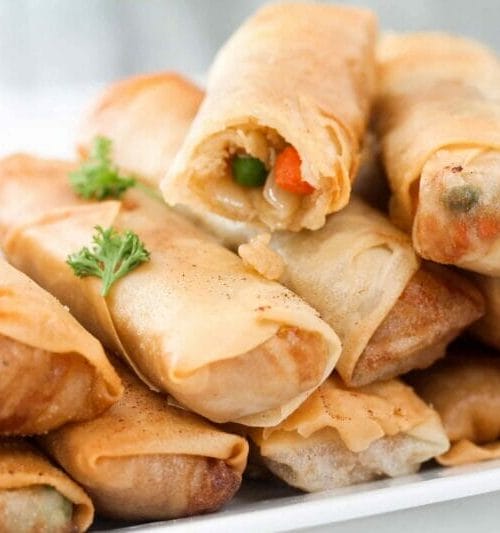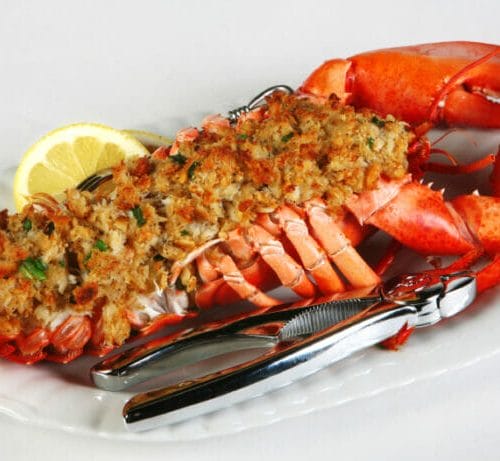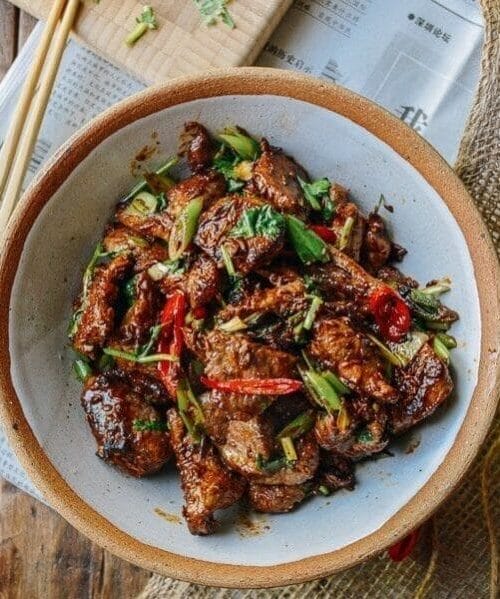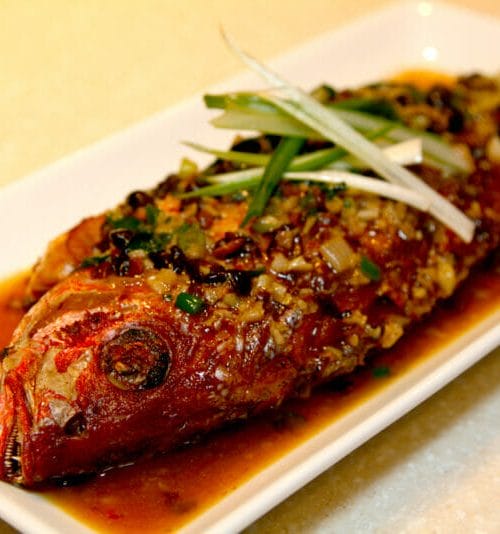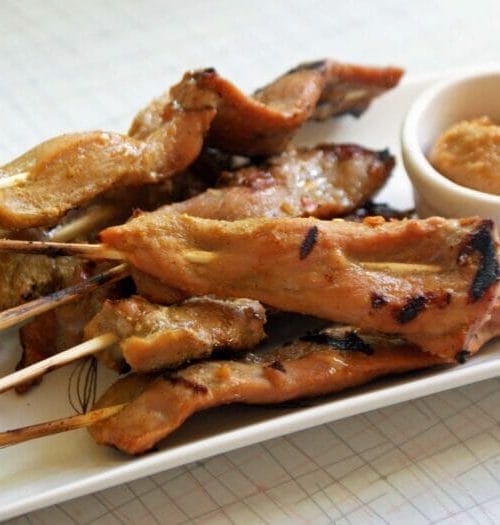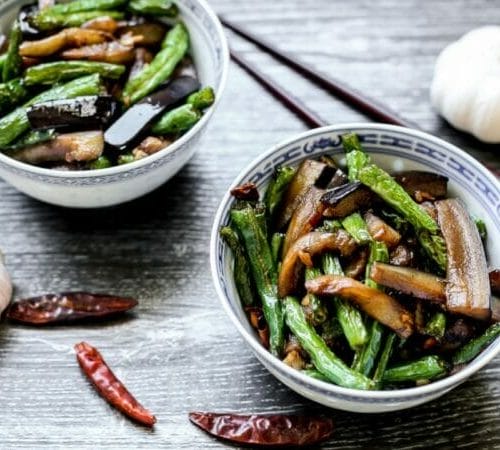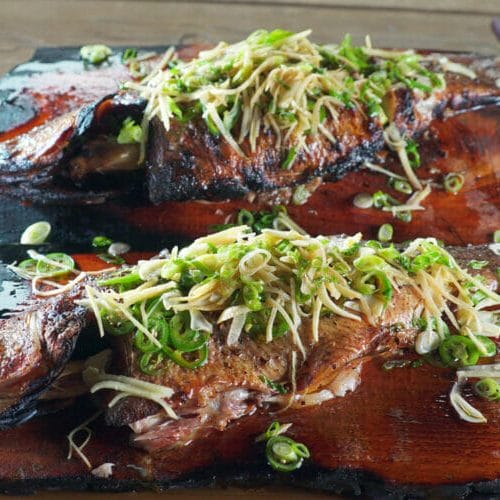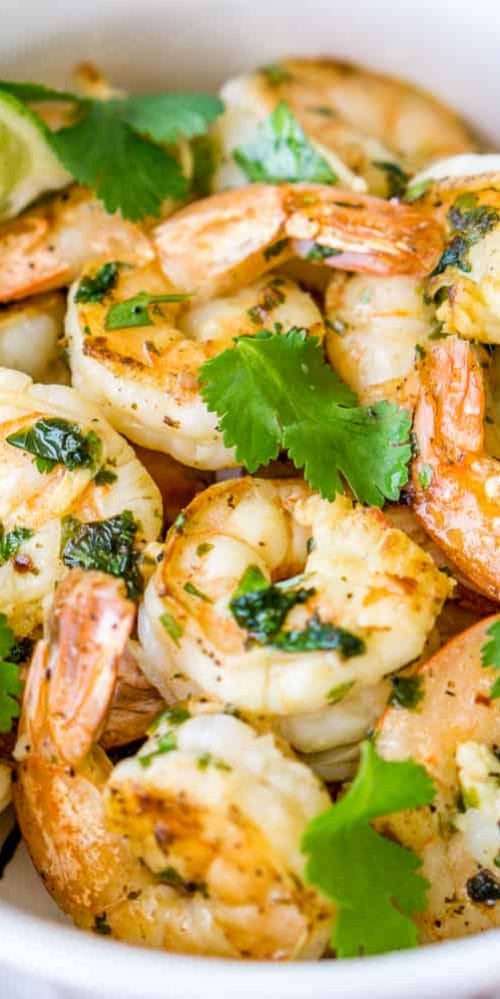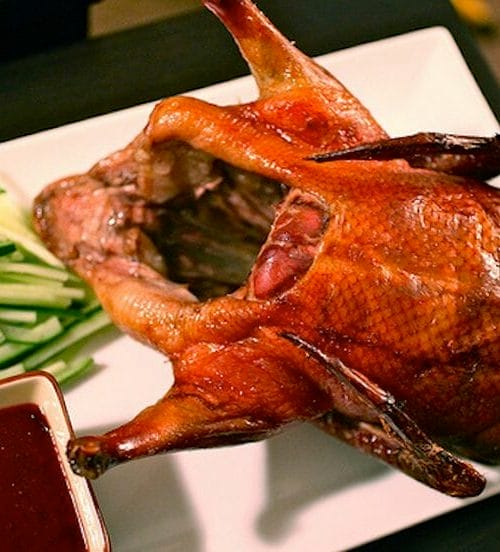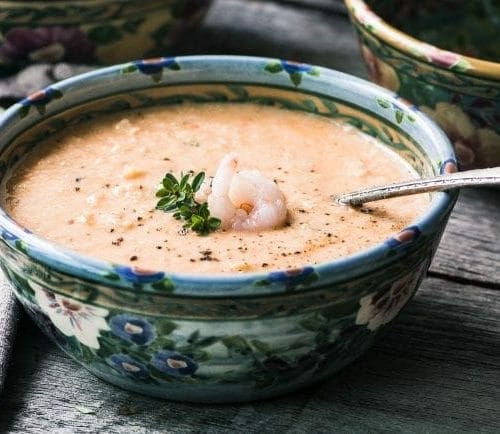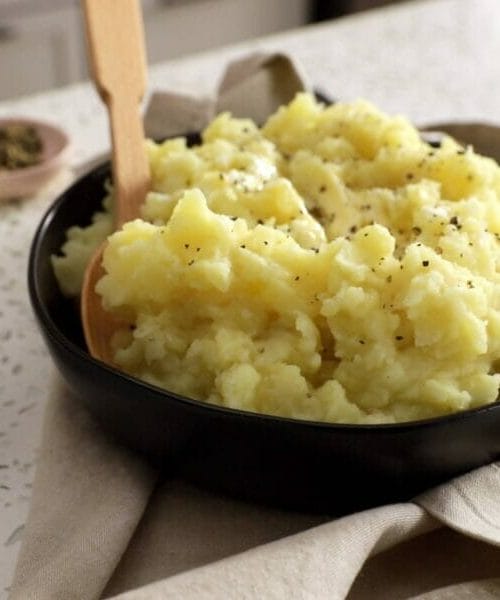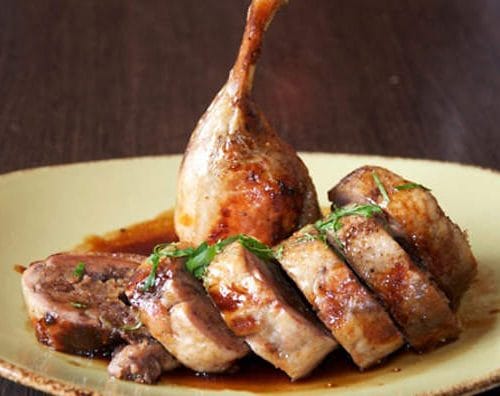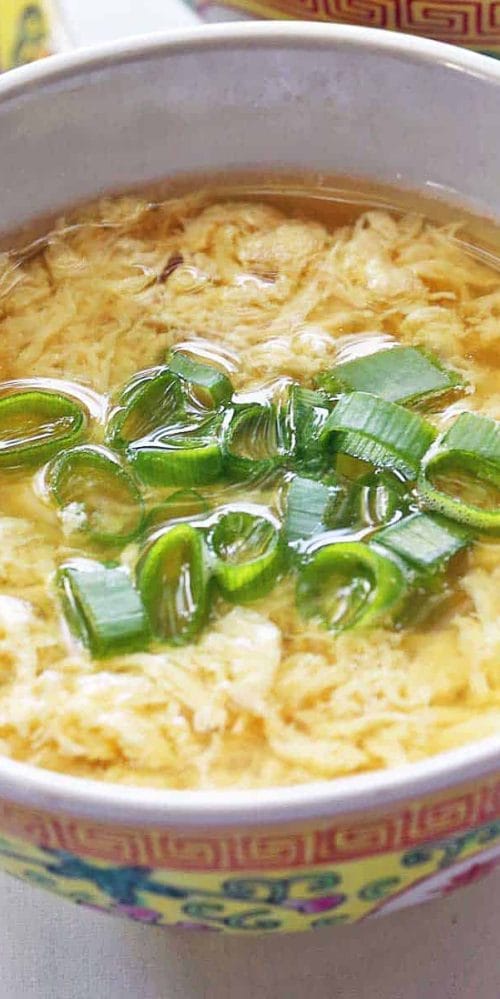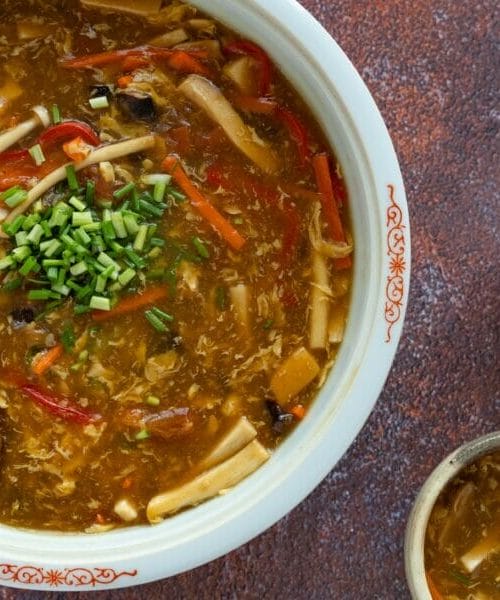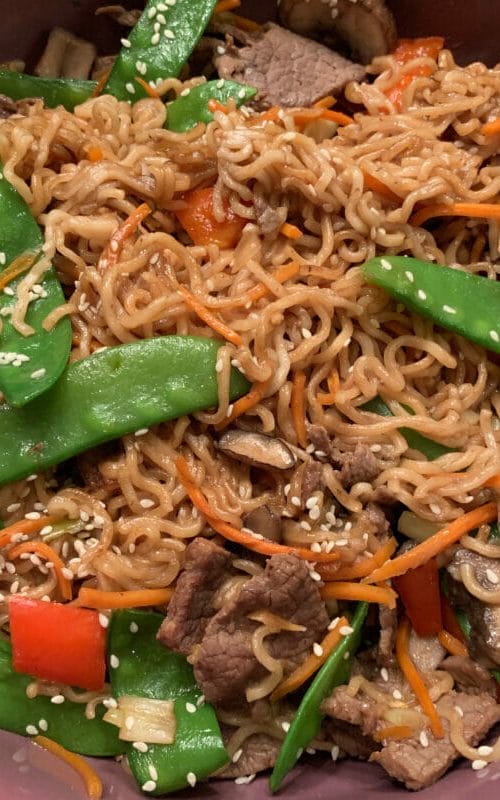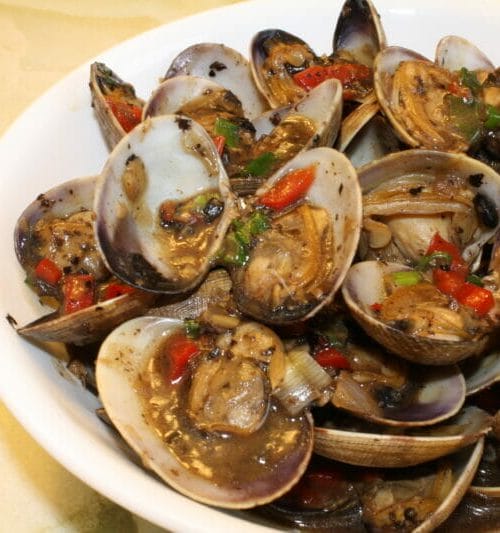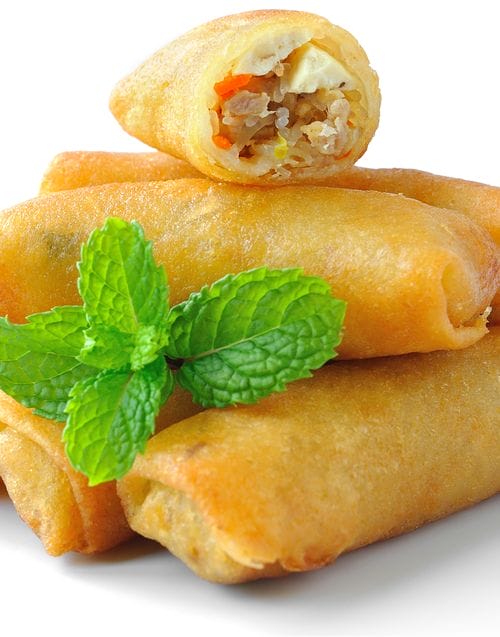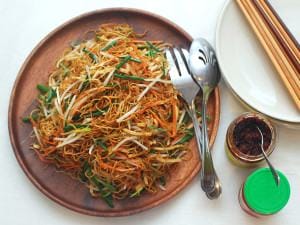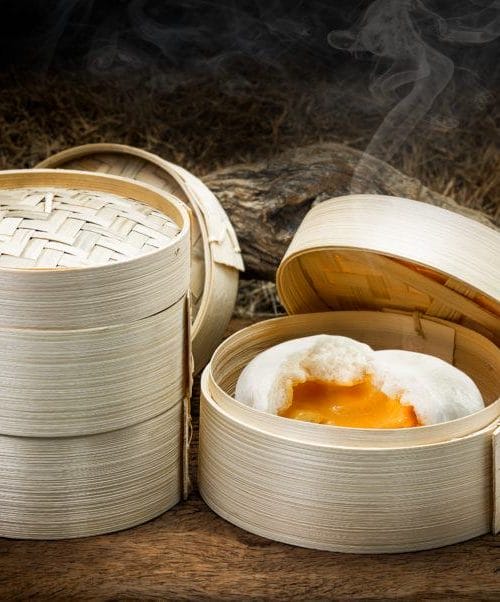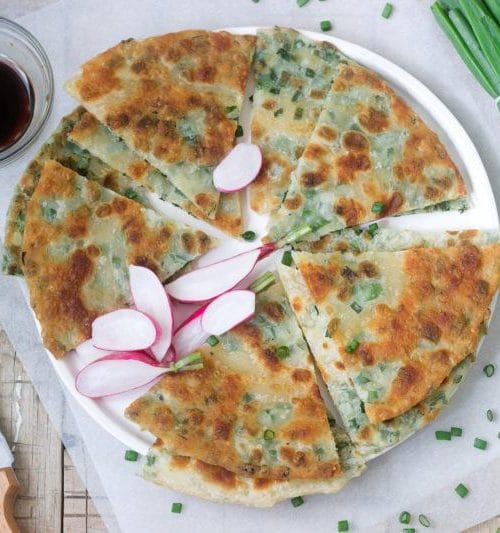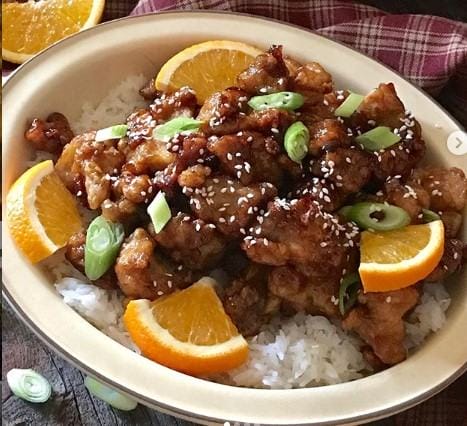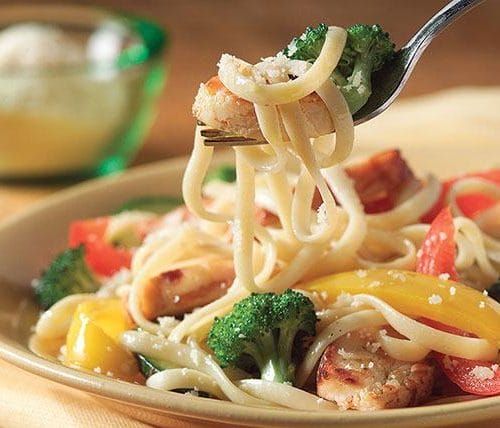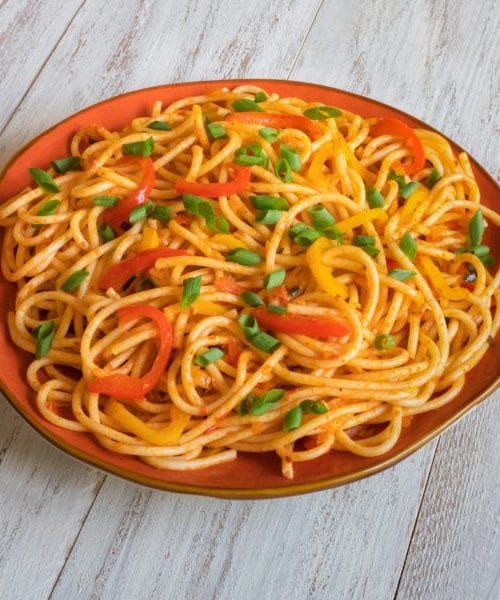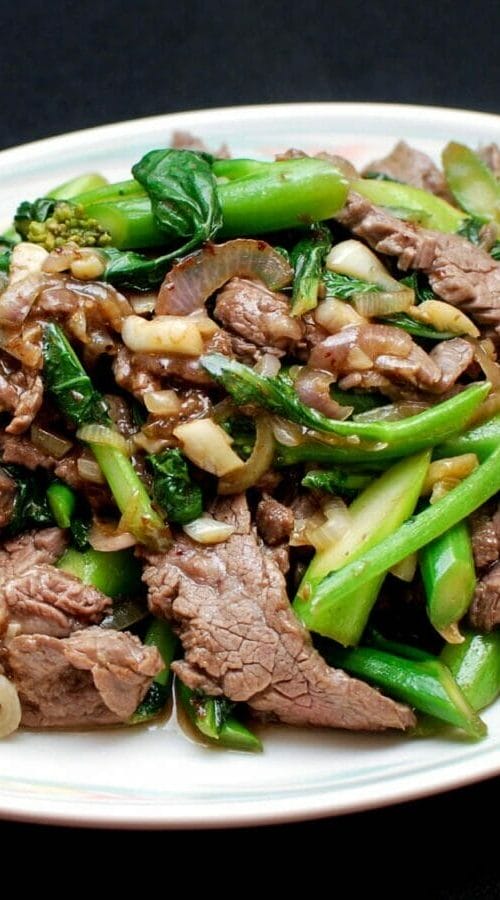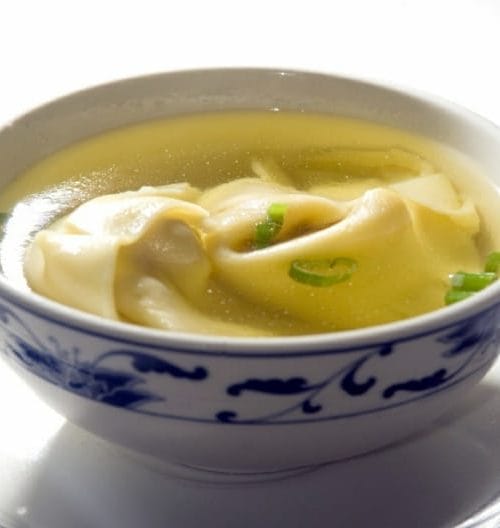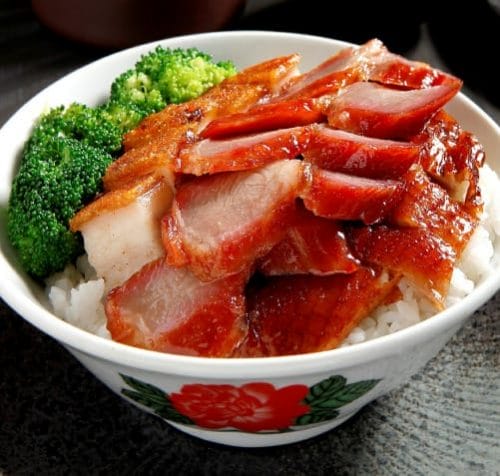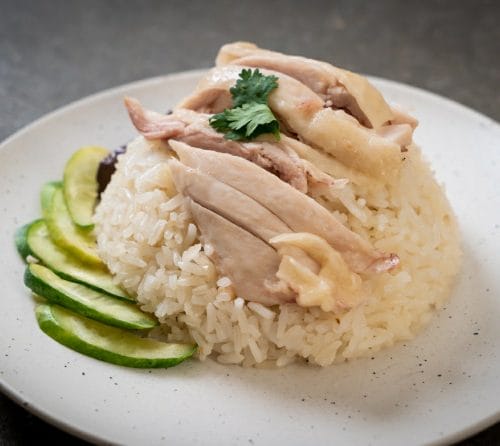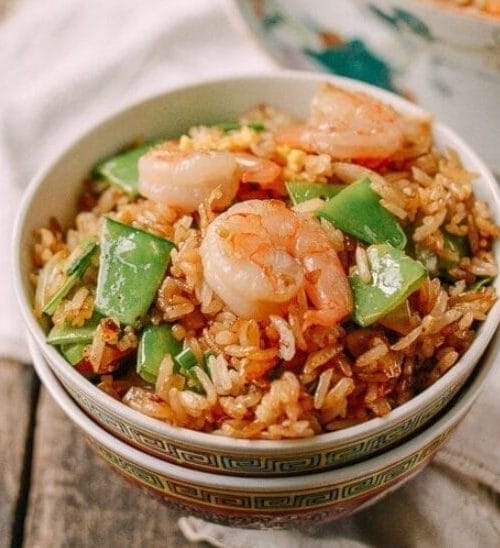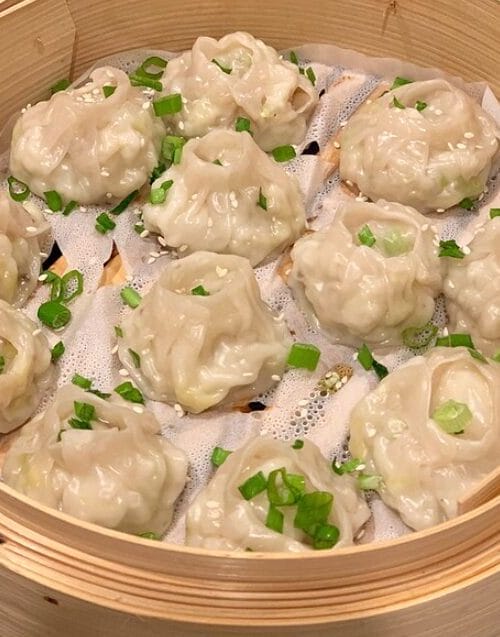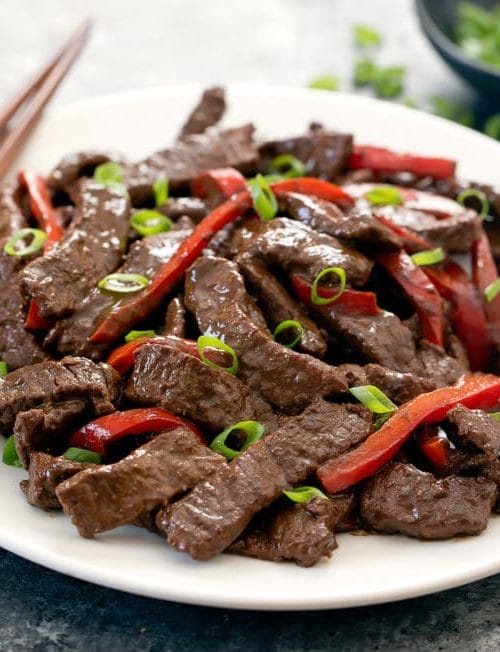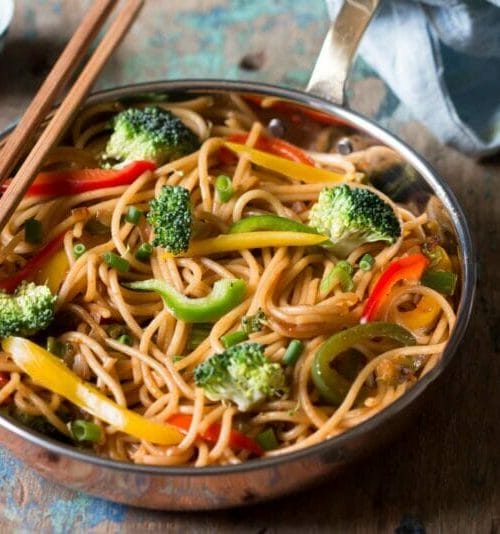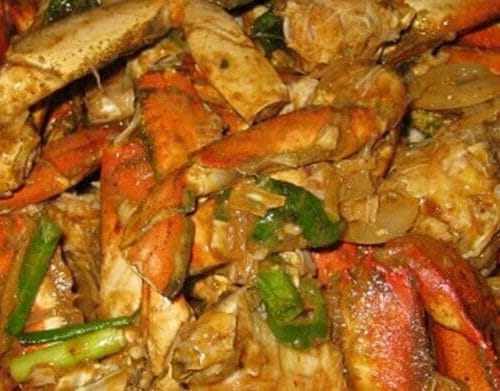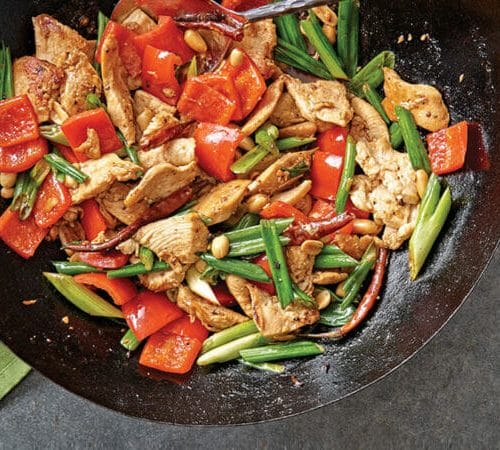Traditional Chinese cuisine is like a colorful picture from taste to decoration. Each dish is a harmonious combination of fresh ingredients and healthy herbs. Let’s explore the quintessence of traditional Chinese cuisine with Foodandmeal.com through this blog. You can also enrich this topic by reading our blog on Chinese new year dishes.
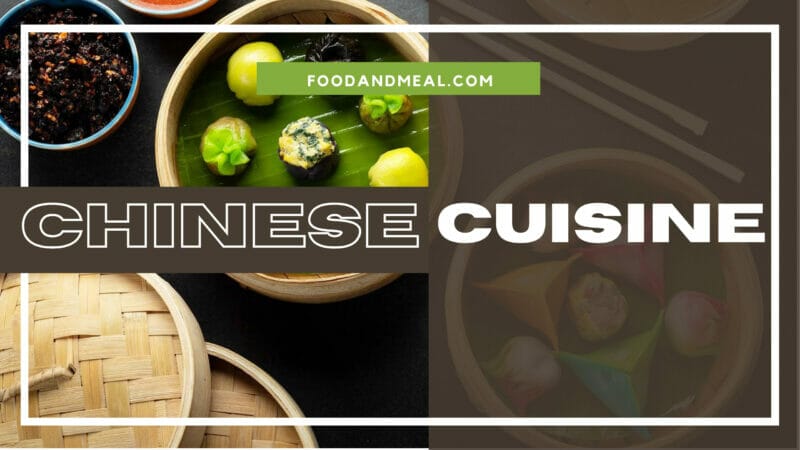
Features of traditional Chinese cuisine
China has a large territory with the highest population in the world. Thus, the cuisine there is very varied and plentiful. Depending on the climate and diversity of living beings of each region, there is a considerable difference in processing method and combination of ingredients as well. Traditional Chinese dishes seem to not be unfamiliar to people all over the world any longer. They are easy to distinguish because of the often presence of the hot taste of garlic and onion. Most are processed in the form of frying, baking, and steaming. Therefore, the color of the dishes looks very tempting, attractive, and eye-catching.
Food layout and arrangement is very important
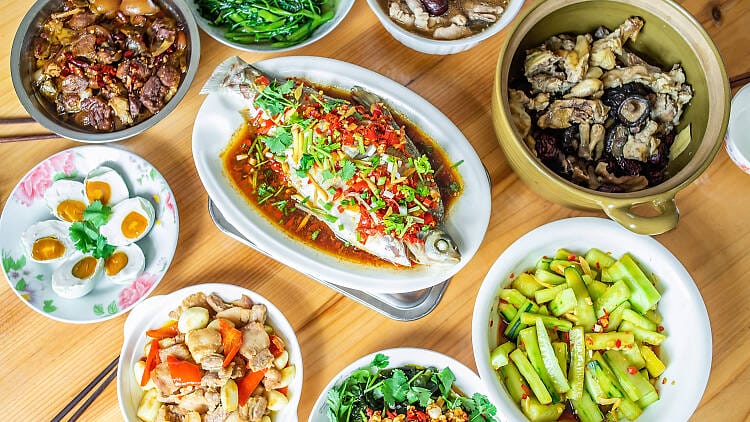
Chinese food is famous for its sophistication. Professional chefs often think that the main reason for this fussiness stems from the requirements for a harmonious and delicate combination of four factors: flavor, color, taste, and presentation.
Beauty is always seen first, is the reason when looking at a beautiful dish, whether it is delicious or not, it is enough to attract and make others crave. Because of such strict rules, the traditional Chinese cuisine is not simply cooking anymore, but becomes an “art”, and definitely, the chefs are the “artists”.
The Chinese dining table is extremely respectful to the person enjoying it, the best dishes are often prioritized to serve the elderly or the elders in the family.
When there are guests visiting the house, the friendliness and hospitality of the host is shown through the arrangement of dishes. The main dish is usually placed in the middle of the table with side dishes surrounding or can be placed opposite the main guest’s position. However, the guests will not be allowed to start the meal on their own without the permission of the host.
Chopsticks – The soul of traditional Chinese cuisine
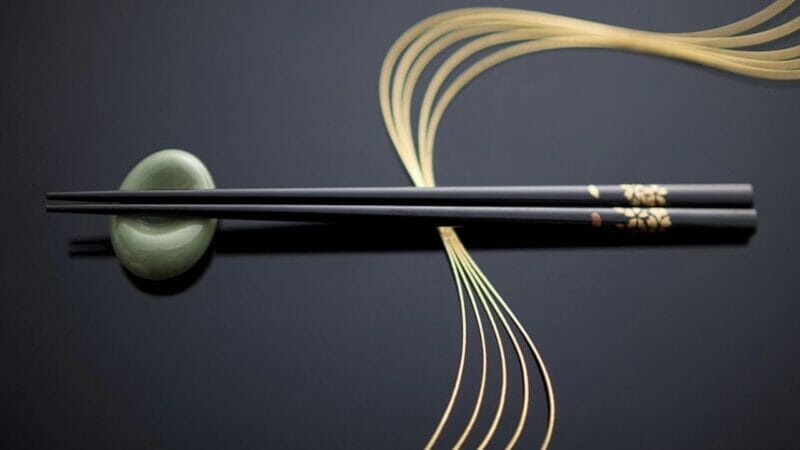
Chopsticks are considered to be a typical image when talking about Chinese food culture because it contains a big cultural value. According to Chinese culture, chopsticks are often used with the right hand; using chopsticks with the left hand is considered to be bad behavior. Using chopsticks to pick up food for the elderly and children will be considered polite and thoughtful.
The standard length of traditional Chinese chopsticks is about 25 centimeters, which represents a type of notion of Buddhism. Moreover, right from the early days of their appearance, chopsticks had two separate round and square ends representing the yin and yang harmony between heaven and earth.
Top 20 traditional Chinese food recipes
Typical meal of Chinese
The daily Chinese meal consists of four food groups: grains, vegetables, fruits, and meat. The Chinese do not consume large amounts of dairy products that contain a considerable amount of lactose. Instead, they replace these with soy milk and tofu, which contain large amounts of protein and calcium. The local people often eat fresh meats, vegetables, and fruits. Chinese people rarely eat canned or frozen food. Items such as cakes, cookies, pies, etc. are only eaten on special occasions.
Chinese have 3 main meals per day. For breakfast, they usually eat porridge or very finely ground cereals. Porridge is also often eaten with salted vegetables or salted beans. In addition, hollow donuts sprinkled with sesame, or noodles are also used in breakfast. Dinner is the main Chinese meal. It begins at around 6 p.m.
8 major schools of traditional Chinese cuisine
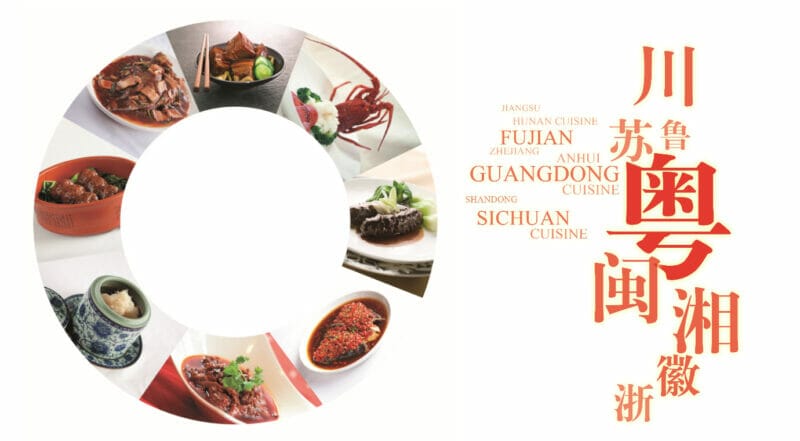
The Chinese have many schools of food; in which, the schools that are most influential and representative are cuisines of Jiangdong, Sichuan, Jiangsu, Zhejiang, Cantonese, Fujian, Hunan, and Anhui. The Chinese have artistically visualized their schools of real sound. They liken Jiangsu and Zhejiang culinary schools to a southern beauty, Shandong and Anhui cuisine to a healthy and quiet young man, Cantonese and Hokkien cuisine to a romantic young man, and Sichuan and Hunan cuisine is a scholar or encyclopedia.
For Jiang Dong, the typical feature of the cuisine of this land is the dishes with strong flavors of onions and garlic, especially seafood dishes. For Cantonese, the dishes are diverse in ingredients and are processed in 21 different ways of cooking. Cantonese people like to eat raw dishes. Nowadays, Cantonese people love raw fish and raw fish porridge.
The menus and cooking art of Hunan dishes are exquisite and flawless. Hunan’s basic taste is fatty, sour-spicy, with a gentle aroma. The dishes often use a lot of chili, garlic, shallots, and sauces to enhance the flavor of the dish.
The delicacies of Fujian province are famous for the sophistication of the menu and the elaborate preparation and special processing. In general, the food here is a bit sweet and sour, less salty.
As for Zhejiang, the food here is usually not greasy, focusing on freshness, softness, and light aroma. The taste of Zhejiang cuisine is fresh, soft, and frugal without being boring. The cooking process is very important so not only the taste is delicious but the presentation is also very eye-catching
Slightly similar to Zhejiang, the specialty of Jiangsu food is “Focus on knife technique, delicate dishes, frugal taste” with steamed, simmered, and fried dishes. Jiangsu people do not like to use soy sauce in dishes, but prefer to add sugar and vinegar to create a “sour and sweet” taste. Besides, while Anhui cuisine is also known for its use of wild ingredients and herbs, Sichuan dishes are famous for their very spicy taste.
Main seasonings in Chinese food recipes
- Soy sauce: There are two types of soy sauces Chinese often use in their recipes: light soy sauce and dark soy sauce. The light one is used more because of its light color and salt. Whereas, the dark one is used more in adding color to the dishes. You can use the dark soy sauce as a dipping sauce for boiled foods or dumplings.
- Chinkiang vinegar: This kind of seasoning has a dark color like soy sauce, but it has a pungent, tart, and rich flavor. It is used to make salad sauce, dumpling dipping sauce, cold spicy noodles, etc.
- Shaoxing wine: Wine used in Chinese cuisine recipes to eliminate the smell of meat. It is seen as an additional ingredient to enhance the taste of the dishes.
- Oyster sauce: It is a dark brown, viscous, and salty sauce and it is commonly used by the Chinese to prepare stir-fry dishes, helping to increase the delicious flavor and have a very eye-catching iridescent color.
- Doubanjiang: This is a basic ingredient in Sichuan food. It makes the dish spicier but yummier. Thus, if you want to eat spicy food or just simply want to enjoy a new thing, try to add doubanjiang to your dish.
- Anise: This is one of the spices that people immediately think of when it comes to spicy and hot Sichuan hotpot dishes. Besides, anise also has the ability to help treat colds and flu caused by weather changes, joint pain, and stomach ailments, very good for health
Conclusion
In short, the key to wholly enjoying traditional Chinese dishes is to learn the basics. To start, you should understand some basic information about traditional Chinese cuisine which is indeed plentiful and complicated. More importantly, you need to learn how to use chopsticks because authentic Chinese dishes aren’t served with a spoon, but with chopsticks.
Last but not least, knowing some traditional Chinese food recipes and enriching them every day will be an ideal method to improve your Chinese cooking techniques, which is more valuable if you are a traditional Chinese cuisine lover. And of course, this post will be an online material you might really need! Please read slowly and in turn all the recipes listed above and apply them to see clearly the value that traditional Chinese cuisine has to offer. Good luck!
I'm Kelly Atkinson, with a passion for dissecting the world of home goods. My reviews stem from thorough testing and a love for sharing detailed insights. Each piece I write offers a glimpse into my explorative journey, aiming to guide readers to informed choices with authenticity and precision, making every review a blend of exploration and expertise.

